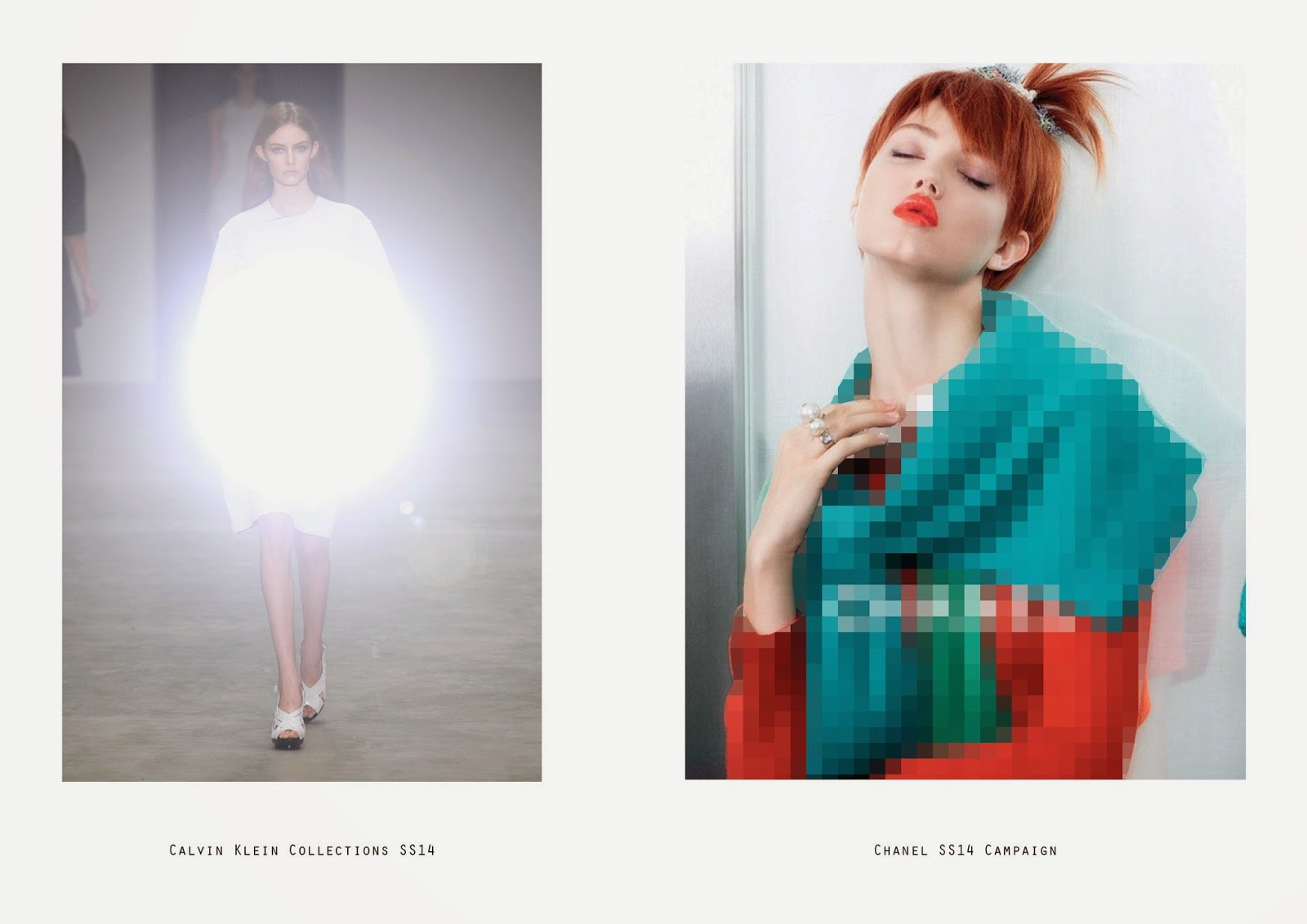This change in state could be something that links really well to our initial ideas and explored ourselves. Is there an ink or dye that is sensitive to change in lighting conditions? If so, this could mean that fabrics could change when the flash from a camera glares it.
I feel as though the idea of changing colour, shape or form could definitely developed as part of our trend and this collection is a prime example of it working beautifully.
Similarly, but perhaps in a more dramatic way, MMU graduate Lauren Bowker has worked extensively with thermochromic technology, dyes and inks.
Her leather garments were coated in a layer of the ink and exposed to heat produced from a wave of fire during a performance art style presentation. I am keen to work with fabrics that could change state and the two examples above show the different ways in which this can be done.
Phillipa Wagner's blog shows these two examples and is a source that I often use when looking for contextual references:
http://www.philippawagner.co.uk/blog/15/













